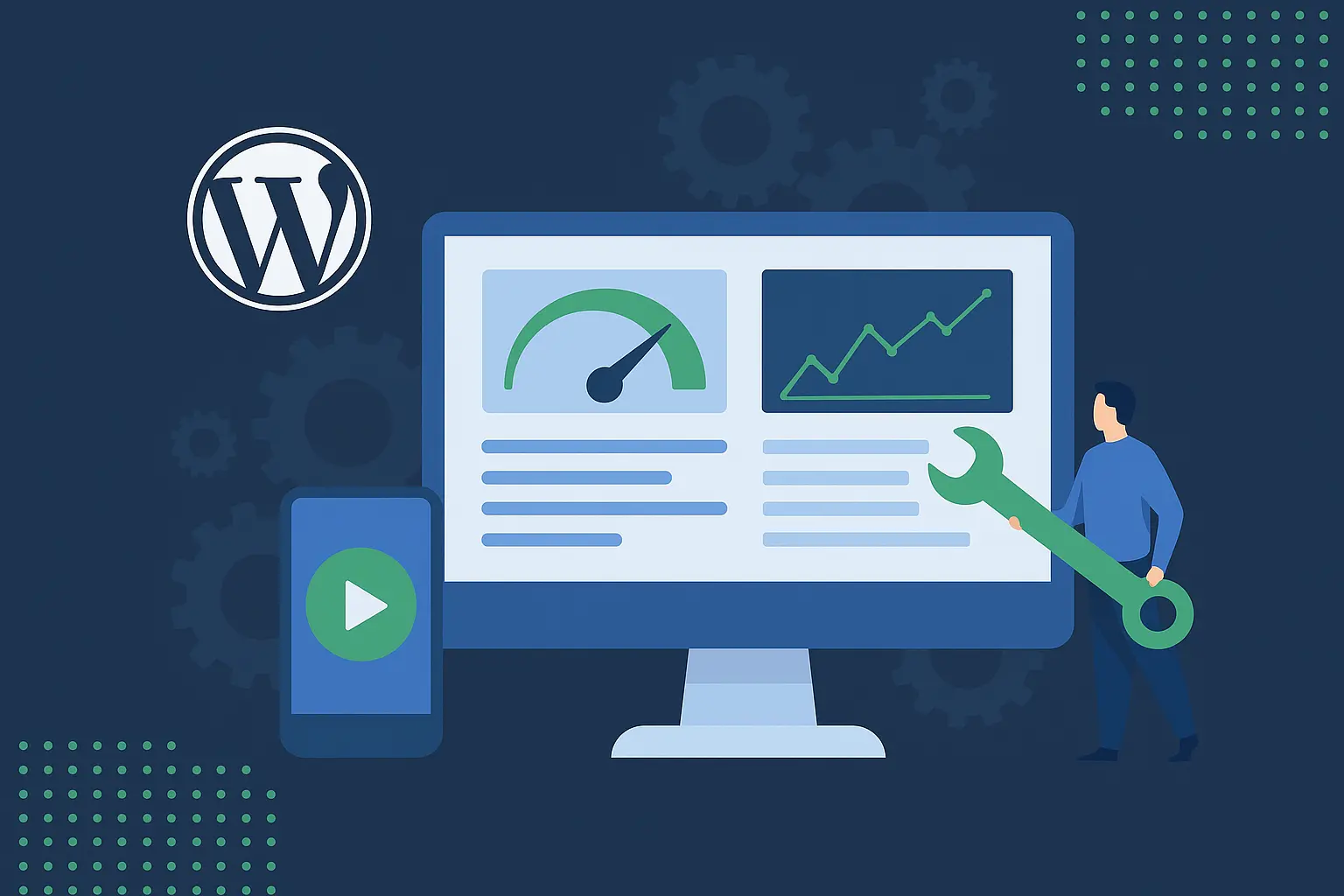
In 2025, speed is everything in the digital world. With users expecting websites to load in under 3 seconds, a slow WordPress site can severely impact user experience, bounce rates, and SEO performance. Whether you're running a blog, eCommerce store, or business website, optimizing your site’s speed is essential.
In this article, we’ll walk you through the top WordPress speed optimization techniques that actually work in 2025.
Your WordPress theme plays a crucial role in your website’s speed. Modern themes are built for performance, but not all are created equal.
Tips:
Your web hosting environment directly affects your site’s loading time. In 2025, managed WordPress hosting solutions offer better speed and security than shared hosting.
Recommended Options:
Look for hosting that includes:
Caching reduces server processing time by storing static versions of your pages.
Best WordPress caching plugins:
Make sure to enable:
Large, uncompressed images can drastically slow down your site. In 2025, automated image optimization is easier than ever.
Tools to use:
Use WebP or AVIF image formats for better compression without loss of quality.
A CDN stores copies of your website’s content in multiple locations around the world, ensuring faster delivery to global users.
Top CDN services in 2025:
Most hosting providers now include CDN by default.
Minification removes unnecessary characters from your site’s code to reduce file sizes and speed up load times.
Use these plugins/tools:
Also consider delaying non-critical JS execution to improve initial load speed.
Every file (CSS, JS, font, image) is a separate HTTP request. Minimizing them boosts speed.
How to do this:
Lazy loading is especially effective for long pages and media-heavy blogs.
Bloated page builders can add unnecessary code. In 2025, Gutenberg (WordPress block editor) is faster and more powerful than ever.
If you must use page builders:
A cluttered database can slow down queries and backend performance.
Tips:
Use performance testing tools to analyze and continuously improve your website’s speed.
Recommended tools:
Check both mobile and desktop performance.
Keeping your site updated means better performance, security, and compatibility.
A fast-loading WordPress site isn't just nice to have—it’s essential for user experience, search engine rankings, and business success. By implementing these proven speed optimization strategies in 2025, you’ll ensure your website loads in a flash and keeps your visitors engaged.
Need expert help optimizing your WordPress website for speed and SEO?
At Technology Elevator, we specialize in high-performance web development, speed optimization, and technical SEO. Let our team audit, fine-tune, and turbocharge your site for maximum performance.
👉 Contact us today for a free consultation!